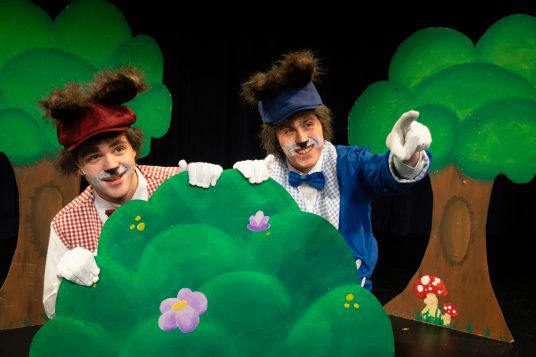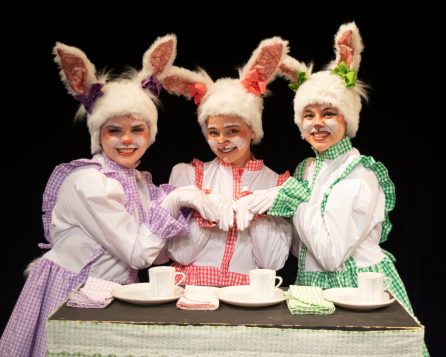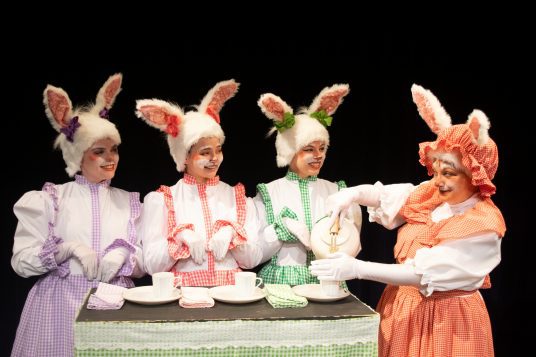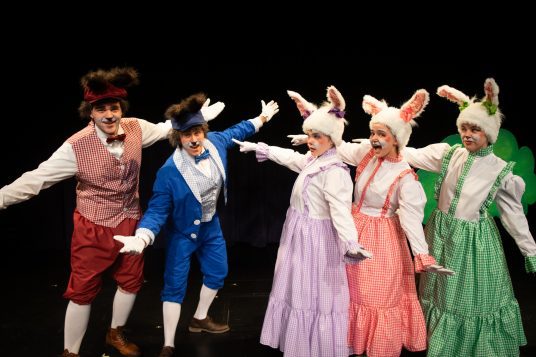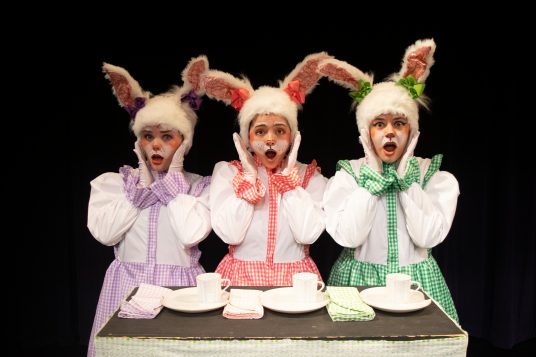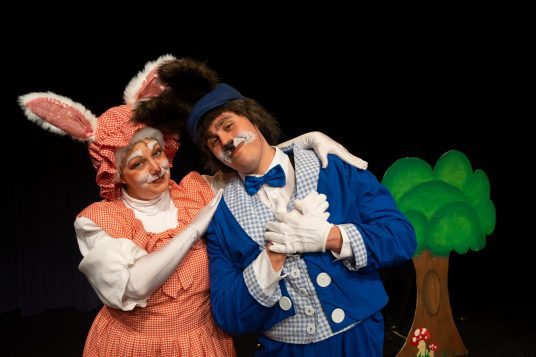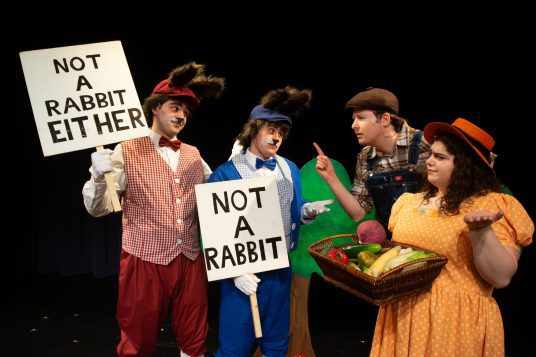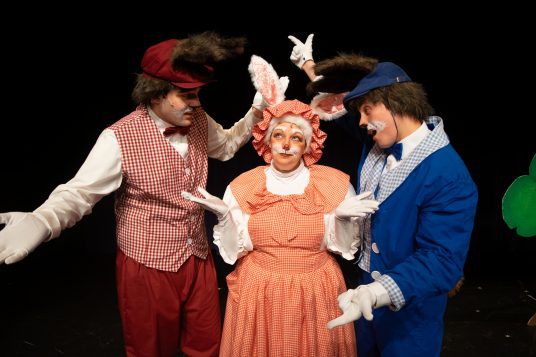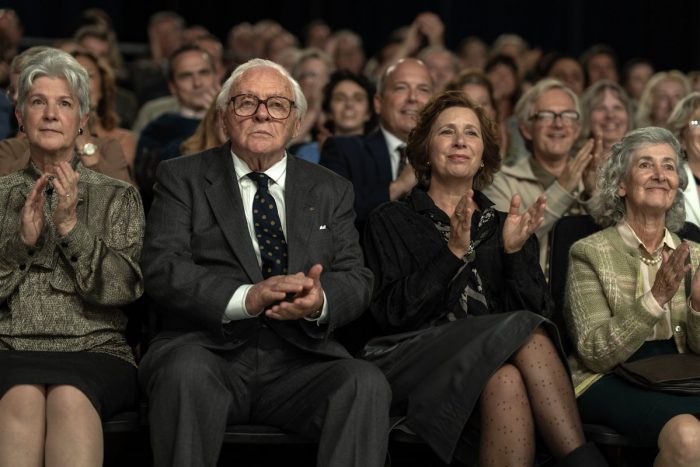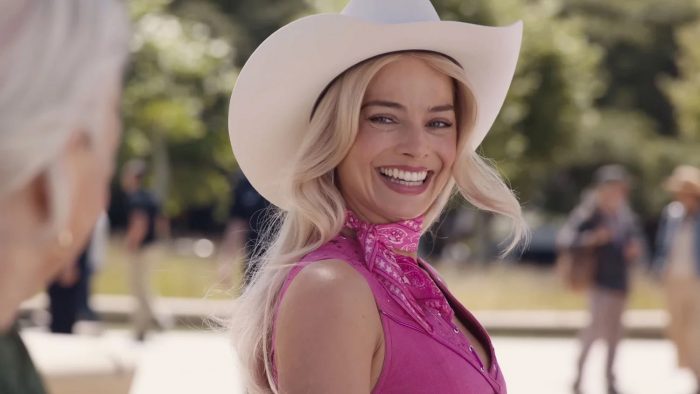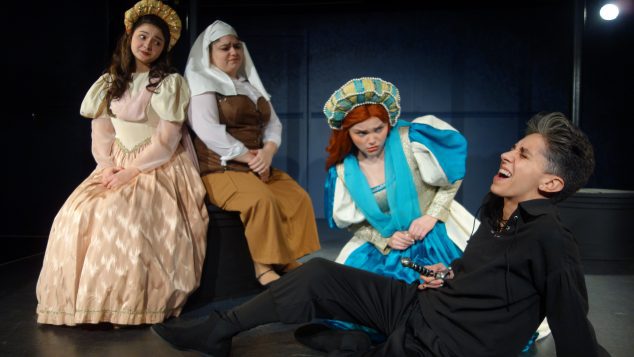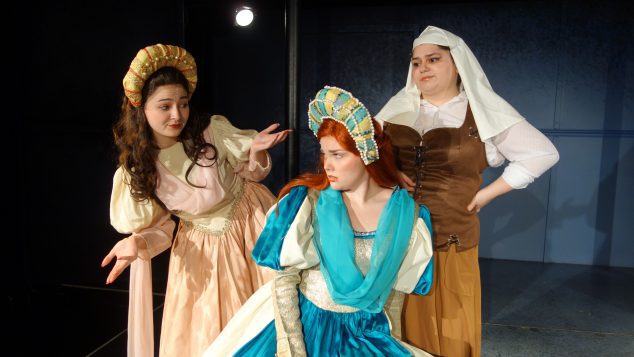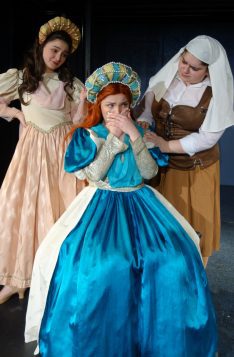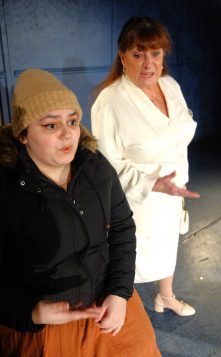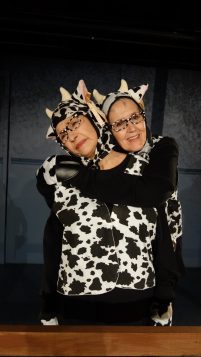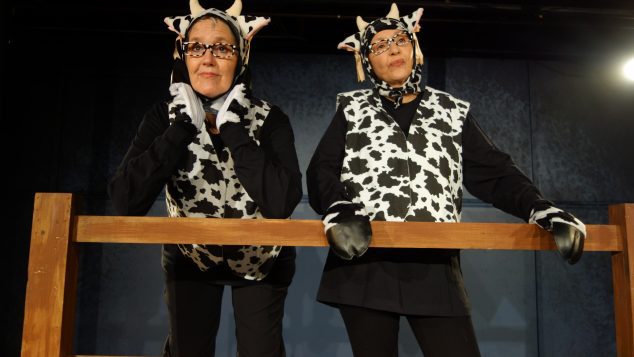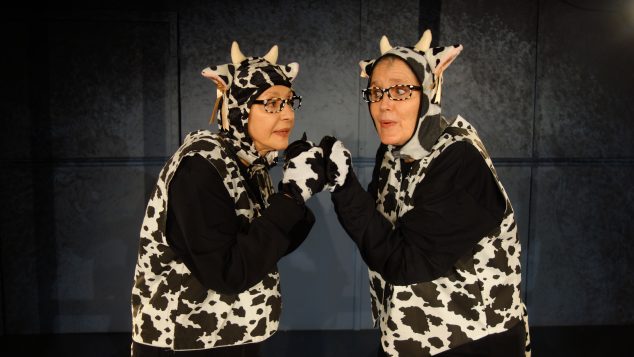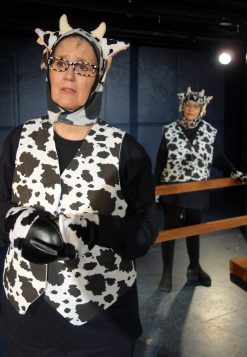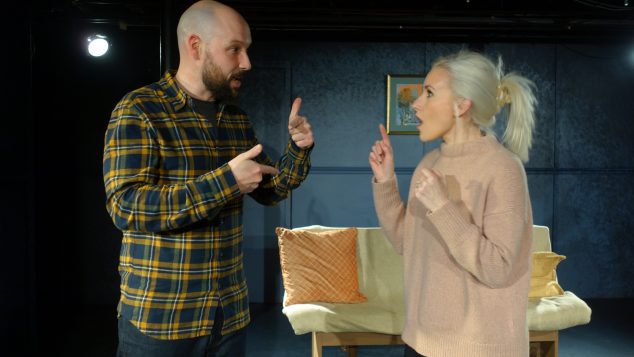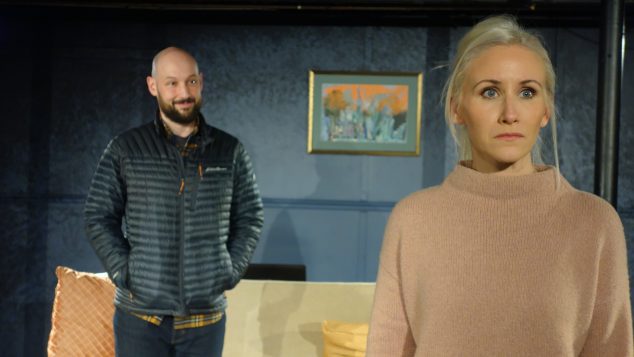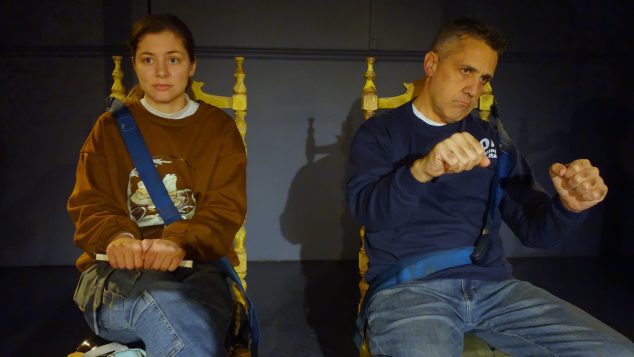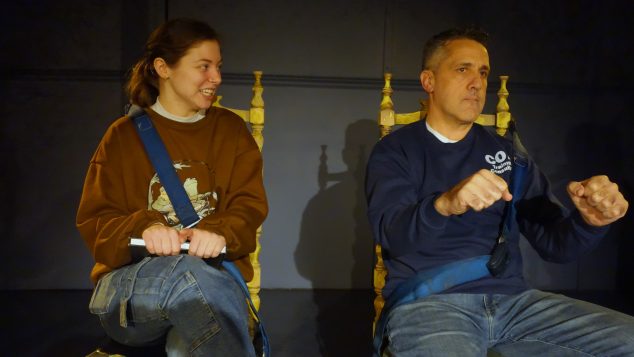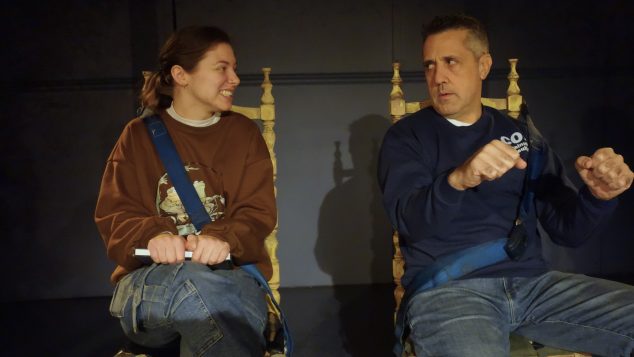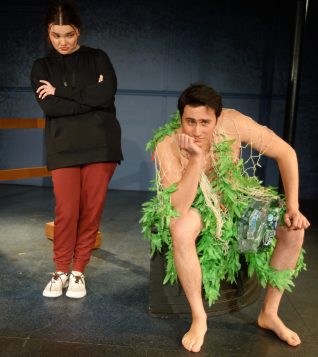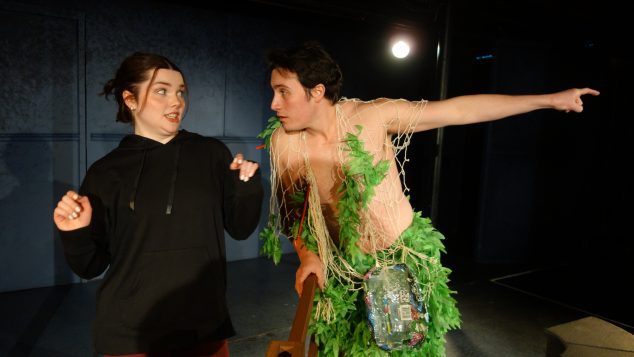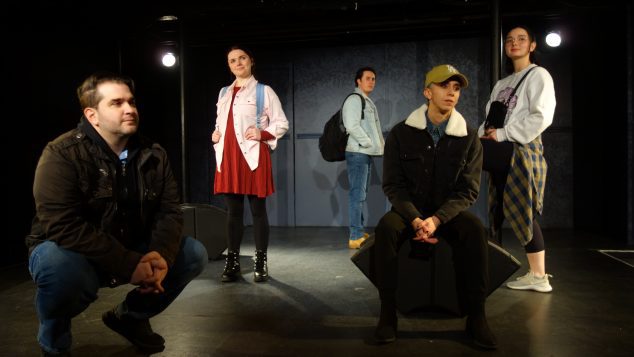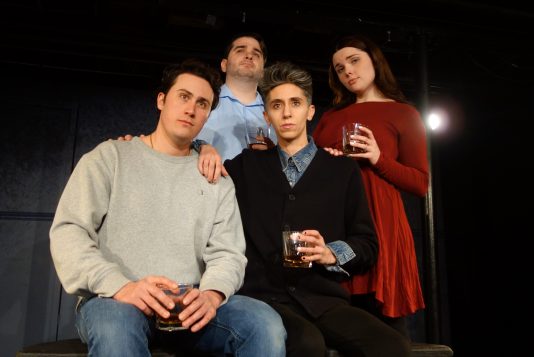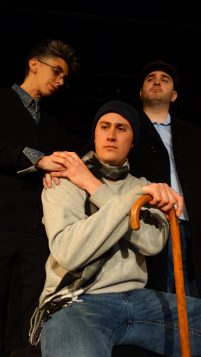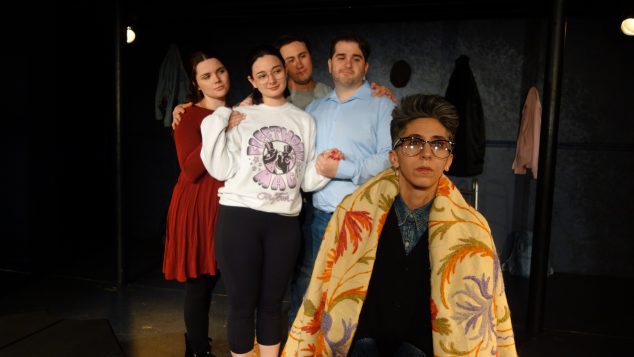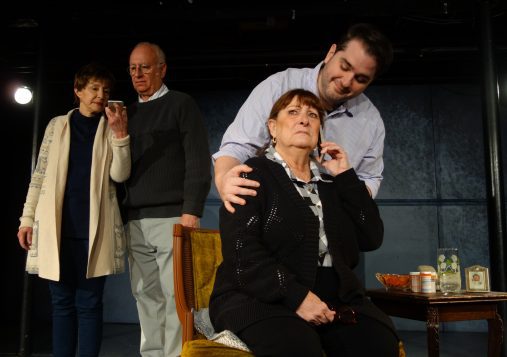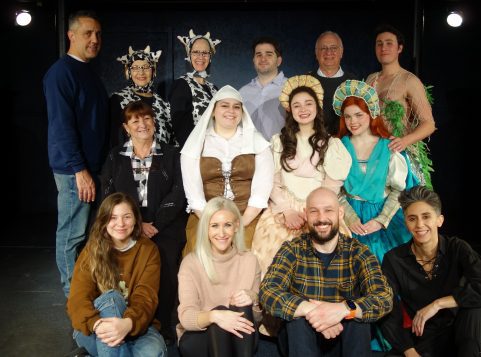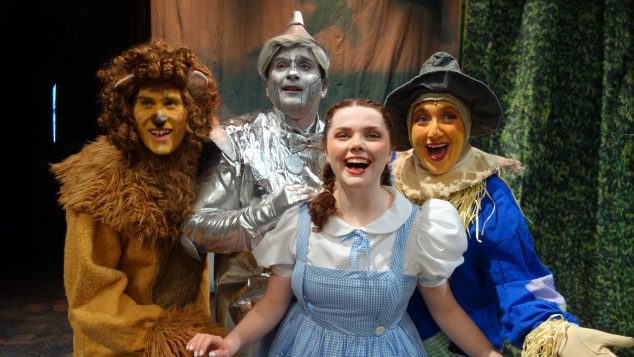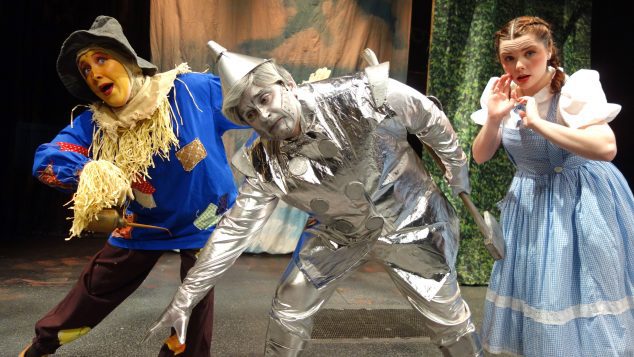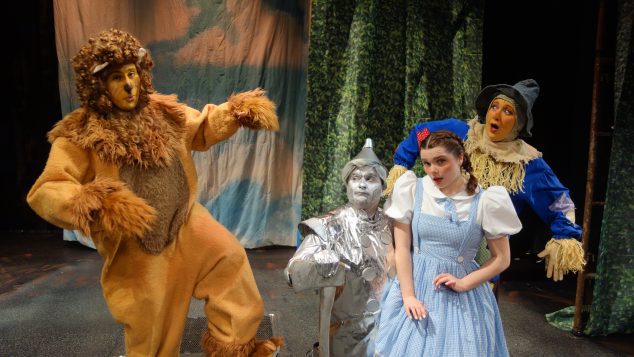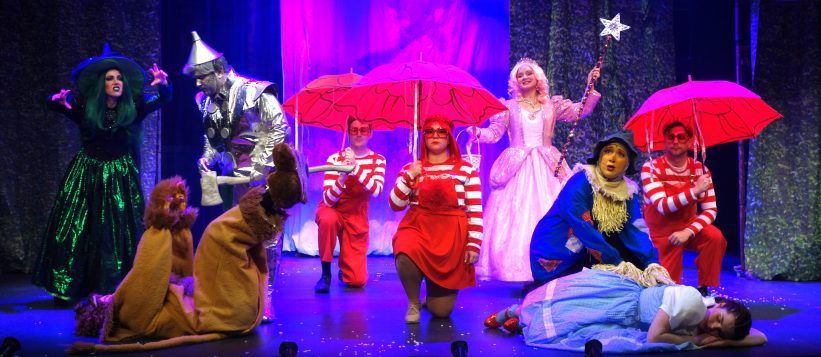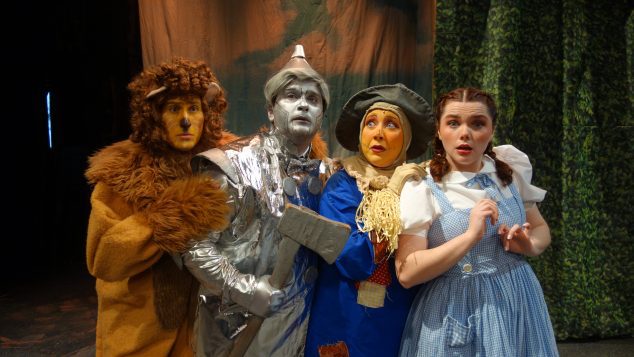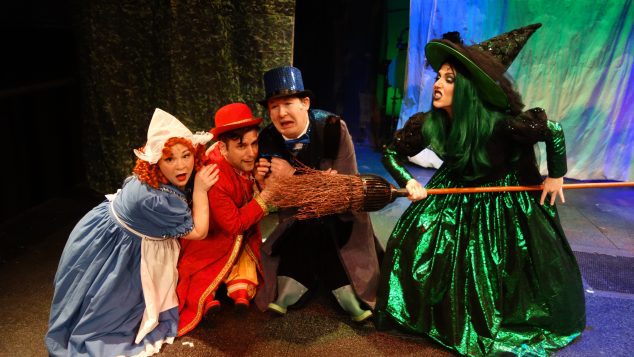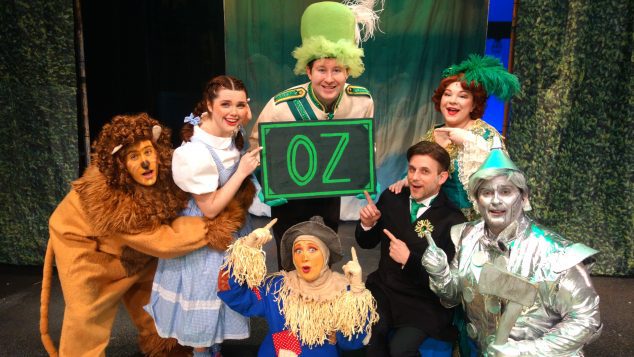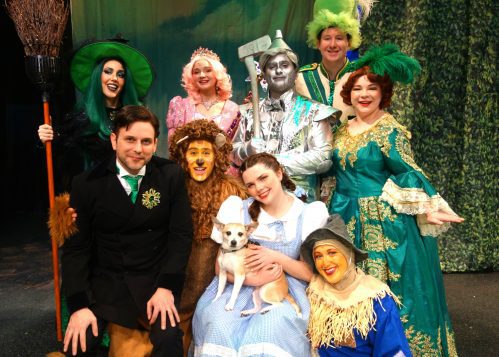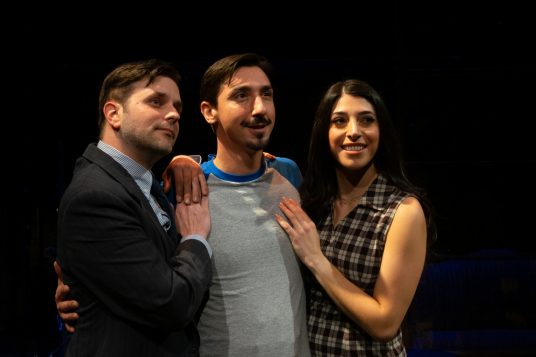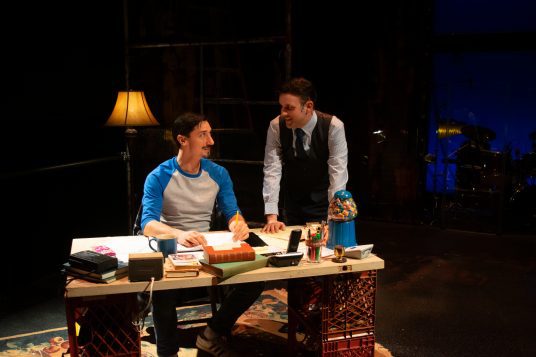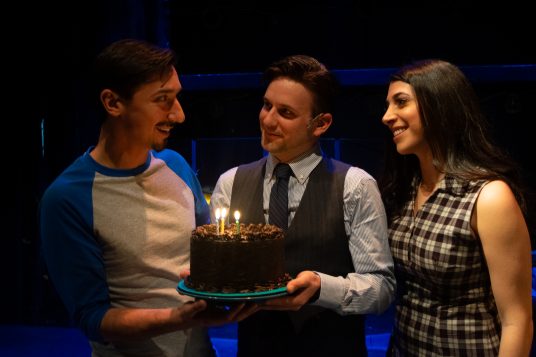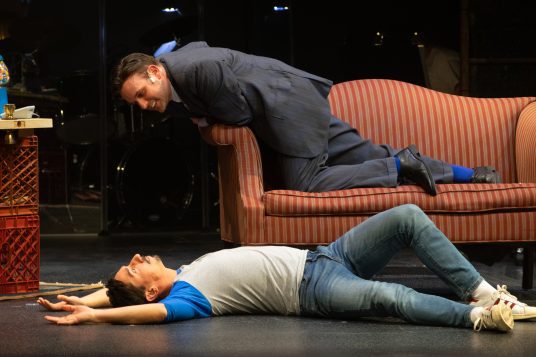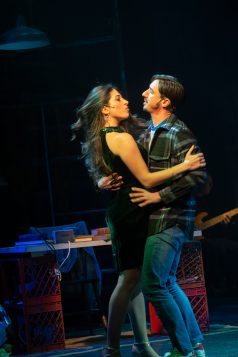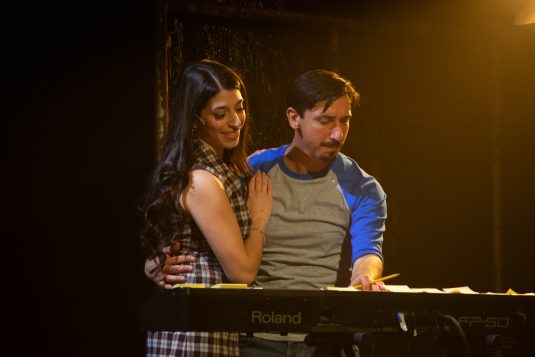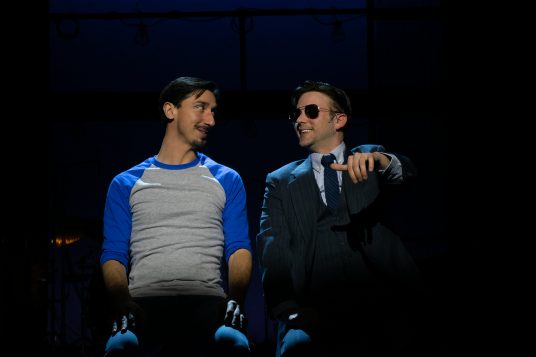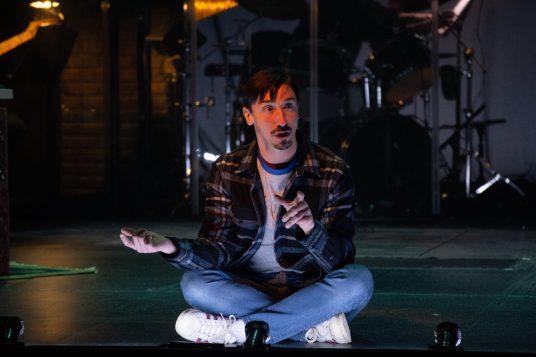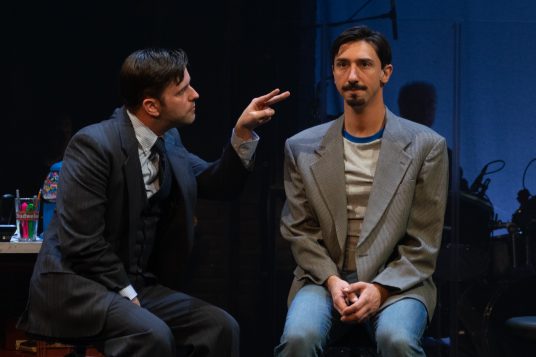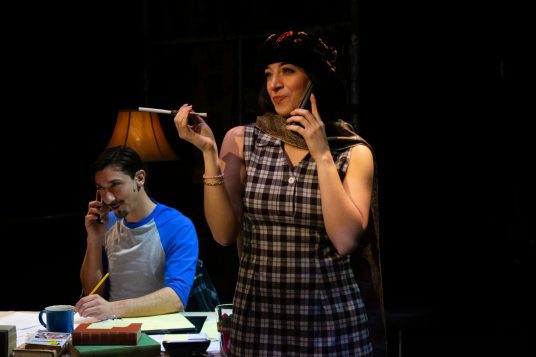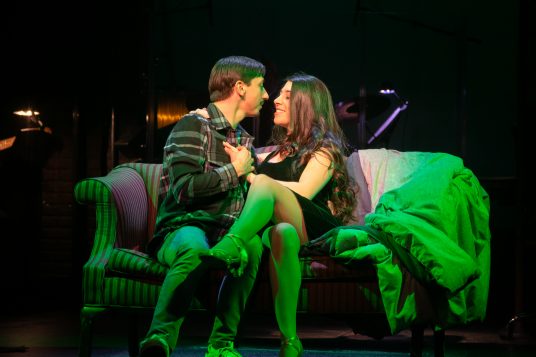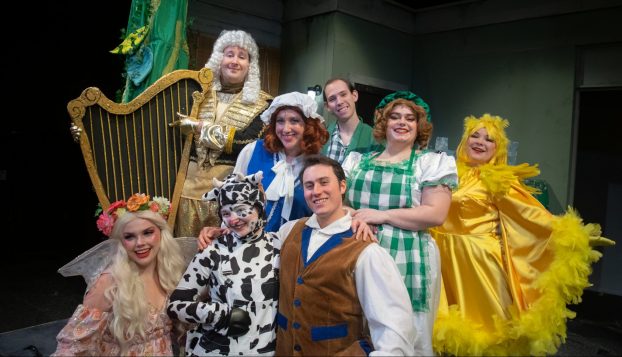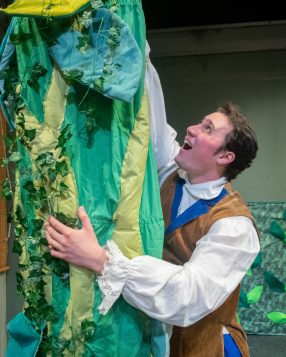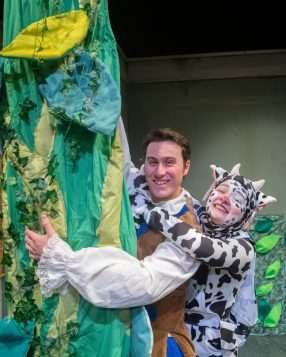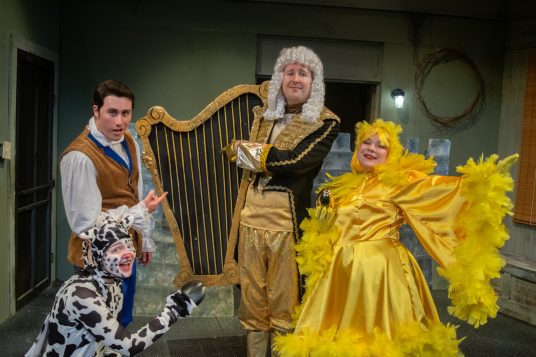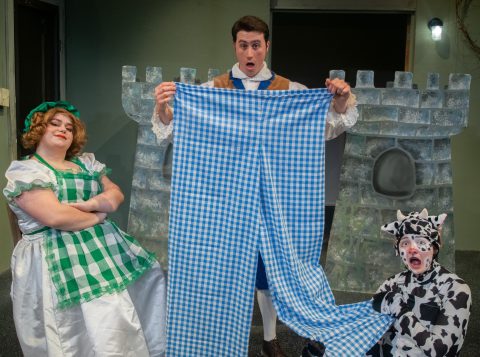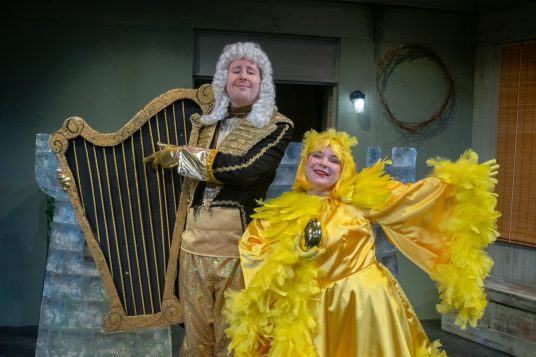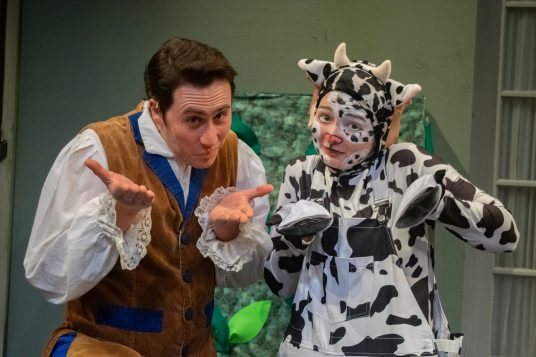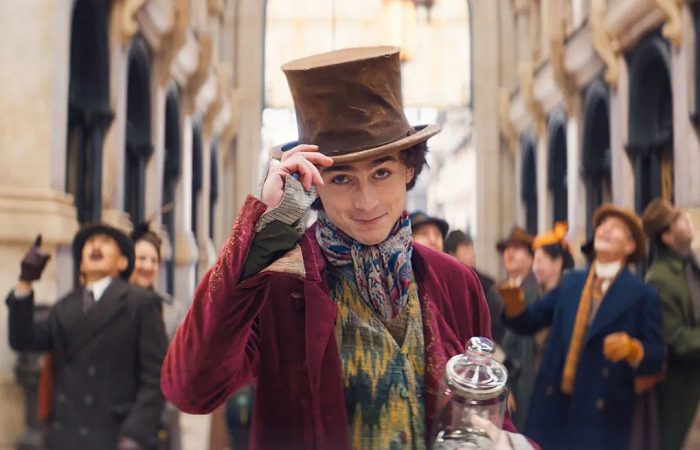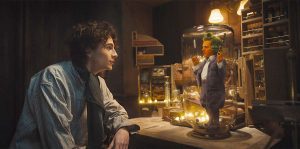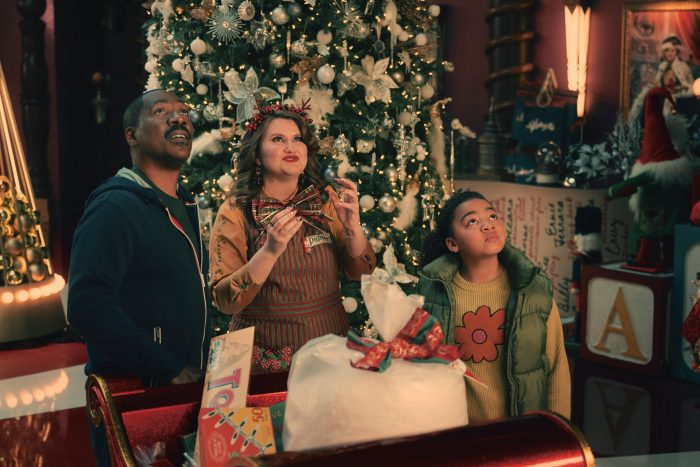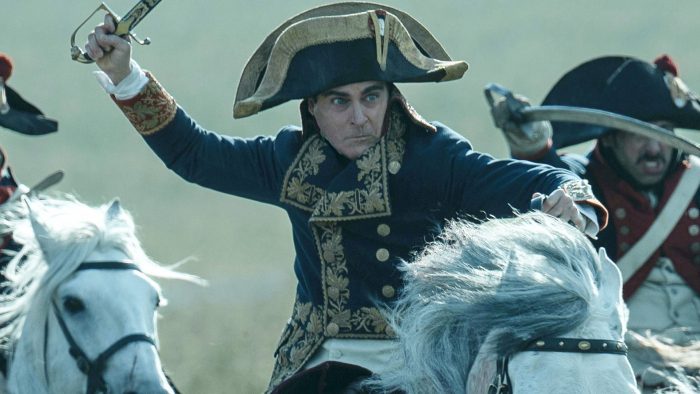By Heidi Sutton
Spring has sprung in Port Jefferson and that means the return of one of Theatre Three’s most popular children shows, The Adventures of Peter Rabbit. Written by Jeffrey Sanzel and Brent Erlanson with music by Kevin F. Story, the original musical is based on the characters and stories created by Beatrix Potter and is too cute for words.
When the lights dimmed at last Saturday’s show, all the children in the audience shouted “It’s starting!” and settled in to watch eight uber talented actors — Sean Amato (Peter Rabbit), Kyle Breitenbach (Benjamin Bunny), Elizabeth Ladd (Mrs. Rabbit), Cassidy Rose O’Brien (Flopsy), Julia Albino (Mopsy), Courtney Gilmore (Cotton-Tail), Gina Lardi (Mrs. McGregor) and Liam Marsigliano (Mr. McGregor) — bring the mischievous adventures of Peter Rabbit and his cousin Benjamin Bunny to life just in time for Spring Break.
The audience is whisked away to the countryside home of Mrs. Rabbit and her four bunnies who live next to Mr. and Mrs. McGregor who spend the day tending to their pride and joy — their garden.
While Flopsy, Mopsy and Cotton-Tail listen to their mother by staying inside and doing their chores, Peter Rabbit and his cousin Benjamin Bunny sneak out to steal from their neighbor’s garden again and again to satisfy their insatiable appetite for carrots, lettuce, peas, parsley and string beans.
When his patience grows thin, the farmer, who’s “a meanie with a temper like a bear,” makes it his mission to stop these bunnies once and for all. At first, Peter is caught but manages to wiggle out his socks and shoes and jacket and hat to escape. The second time Peter is not so lucky. Will he become rabbit stew or will his family come to the rescue?
Directed by Steven Uihlein, the show has so many wonderful moments. When Peter sneaks off to the garden, his sisters go searching for him and ask the audience members if they’ve seen him. (“He’s right behind you!”) When Peter returns home after losing his clothes, he recounts the story and the entire scene is retold in slow motion as Mrs. Rabbit, Flopsy, Mopsy and Cotton-Tail watch from the sidelines.
The wonderful song and dance numbers, choreographed by Sari Feldman and accompanied on piano by Douglas Quattrock, are terrific with special mention to “One More Time Around,” “Run, Peter, Run” and the fun hip-hop number, “Peter’s Socks.” The final number incorporates all of the songs in a super mega-mix extravaganza. Costumes by Jason Allyn, from the bunnies’ spring dresses in pink, purple, green and red to their white bunny tails, pull it all together perfectly.
Don’t miss this show — you and your kids are guaranteed to love it. Meet the entire cast in the lobby after the show for photos.
Sponsored by Stony Brook Children’s Hospital, Theatre Three, 412 Main St., Port Jefferson presents The Adventures of Peter Rabbit through April 27.
Saturday Apr. 20 & 27 @ 11:00 am
Wednesday Apr. 24 @ 11:00am
Thursday Apr. 25 @ 11:00am
Friday Apr. 26 @ 11:00am
Duration: One Hour
Children’s theater continues with a brand new production, The Mystery of the Missing Ever After, from May 25 to June 15 followed by Raggedy Ann & Andy from July 5 to 27 and Pinocchio from Aug. 2 to 10. All seats are $12. To order, call 631-928-9100 or visit www.theatrethree.com.

